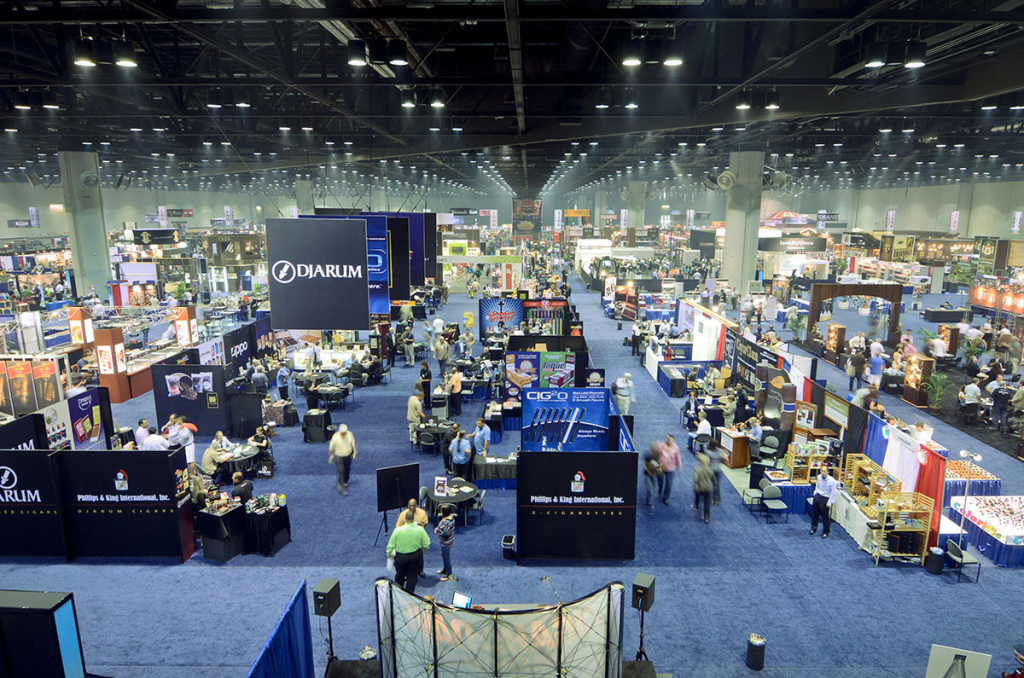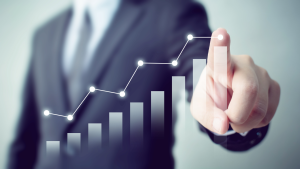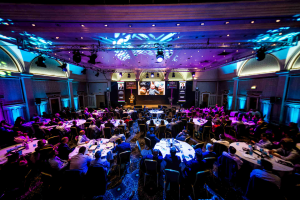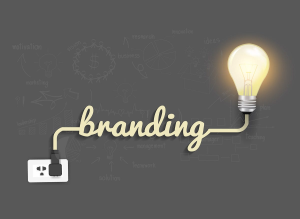In the world of B2B marketing, few strategies deliver long-term value like participating in tradeshows and conferences. These events bring decision-makers, industry leaders, and prospects together under one roof — offering a rare opportunity to showcase your solution, build relationships, and drive real growth. But simply showing up isn’t enough. Success starts with the right approach, a compelling tradeshow display, and a strategy built to convert interest into opportunity.
What role do tradeshows and conferences play in B2B growth?
Tradeshows and conferences offer unmatched opportunities for B2B companies to generate leads, build credibility, and strengthen client relationships. These events provide a focused environment for decision-makers to explore solutions, compare vendors, and initiate partnerships. For many B2B brands, participating in such events accelerates the sales cycle, shortens outreach, and increases trust through face-to-face engagement — something digital marketing often struggles to replicate.
How do tradeshow display exhibits support brand positioning?
Tradeshow display exhibits shape the first impression attendees have of your business. A well-designed booth builds brand authority, demonstrates professionalism, and encourages visitor interaction. Whether it’s a custom exhibit booth or modular display, your setup should communicate your brand message clearly and support the buyer journey — from attraction to conversation to conversion. Strong visuals, product demos, and an approachable team help reinforce your value proposition.
What makes a tradeshow successful for B2B companies?
Here are the key elements B2B brands should focus on to drive results:
- Pre-event outreach to book meetings with key accounts
- Strategic location and layout for maximum visibility
- Custom exhibit booth tailored to highlight your unique value
- Engaged, knowledgeable staff who understand your offering
- Live demos or product showcases to build credibility
- Post-event follow-ups with qualified leads
- Clear KPIs to measure return on investment
Why Do Tradeshows Still Matter in the Digital Age?
In a hyperconnected world dominated by digital ads and emails, tradeshows and conferences offer something different: undivided attention. According to a study by the Center for Exhibition Industry Research (CEIR), 81% of attendees have buying authority, and 46% make purchase decisions after meeting vendors at a show.
In B2B, where buying cycles are longer and trust is critical, physical interaction drives real results. A handshake, a product demo, or a thoughtful discussion at your tradeshow display can leave a stronger, more lasting impact than an email campaign ever could.
Furthermore, events offer contextual alignment. For example, showcasing a SaaS platform at an industry-specific tech conference puts your offer in front of a highly relevant audience — reducing friction and increasing conversion.
Custom exhibit booths tailored to the audience and theme of the event signal professionalism and help attract qualified foot traffic. When supported with marketing automation and CRM integration, these offline encounters can feed directly into a broader digital funnel.
Expert Insight from MENT ADS
According to the team at MENT ADS, a leading agency specializing in experiential marketing and custom displays:
“A tradeshow booth isn’t just a physical setup — it’s a strategic asset. The most effective displays don’t just look impressive, they’re engineered to guide people through a journey: from discovery to engagement to lead conversion,” says [MENT ADS Event Strategist].
“We’ve helped B2B clients across tech, retail, logistics, and healthcare maximize ROI by designing displays that attract foot traffic, start conversations, and support follow-up with CRM-ready data.”
MENT ADS has produced custom exhibit booths and tradeshow display exhibits for regional and international brands, combining creativity, logistics, and brand strategy under one roof.
What Are the Most Effective Booth Strategies for B2B Exhibitors?
Whether you’re attending a regional conference or an international trade fair, your tradeshow display exhibits should do more than just look good — they should perform.
Here’s what industry experts recommend:
1. Strategic Space Design
Booth layout affects behavior. An open, accessible design invites traffic, while closed or cluttered setups repel it. According to Exhibitor Magazine, open designs receive up to 27% more foot traffic.
2. Interactive Content
Touchscreens, AR demos, or even live consultations engage attendees and improve information retention. Don’t overwhelm — focus on guiding the experience with purpose.
3. Brand Storytelling
Use the physical space to narrate your journey: how your solution works, who it helps, and why it matters. This is where a custom exhibit booth shines — it lets you control every aspect of the narrative.
4. Sensory Anchors
Lighting, audio, and textures influence how your brand is remembered. Warm light, calm soundscapes, and inviting textures create positive associations.
5. Performance Metrics
Track booth visits, demo participation, and badge scans. But also track deeper data like average dwell time and post-event conversions. These insights inform future strategies.
Ready to Make Your Next Event Count?
At MENT ADS, we help B2B brands design and execute powerful tradeshow strategies — from custom exhibit booths to full-scale tradeshow display exhibits that make people stop, engage, and remember.
Our team blends creative design with logistics and brand storytelling to turn your next event into a growth driver. Whether you’re looking to launch a product, grow your pipeline, or establish thought leadership — we’re here to help you do it right.
👉 Let’s build your next display
FAQs About B2B Tradeshow Success
1. Are custom exhibit booths worth the investment?
Yes. Custom booths help your brand stand out in crowded venues. They allow you to showcase products, control messaging, and design an experience that reflects your brand.
2. How can I measure the ROI of tradeshows and conferences?
Track both short-term and long-term metrics: qualified leads, meetings booked, deals closed, and brand visibility. Use lead-scanning tools and post-event surveys to gather data.
3. How far in advance should we plan our tradeshow strategy?
Ideally, start planning 3–6 months in advance. This ensures booth design, marketing, and lead-gen efforts are properly aligned with your business goals.




